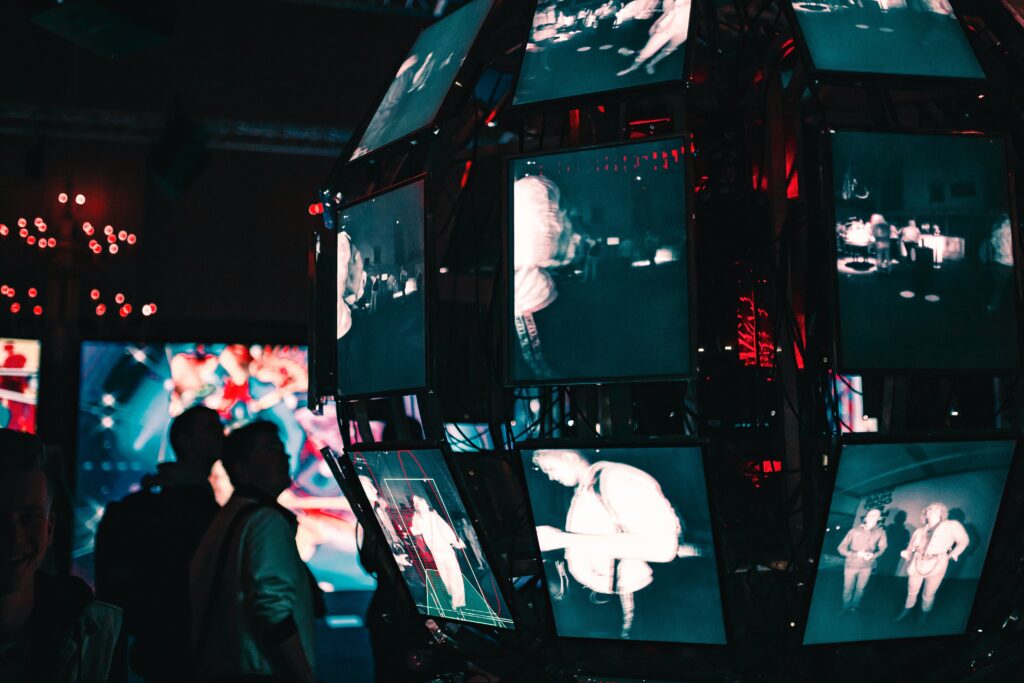Introduction to the Connection Between Music and Creativity
Music has a mystique all its own. It seeps into our lives, often without us even realizing it. Whether it’s the upbeat tempo that lifts our spirits or the melancholic tune that prompts deep reflection, music is woven into the fabric of human experience. But beyond just entertainment, have you ever considered how music can be a powerful catalyst for creativity?
Researchers are beginning to uncover fascinating connections between melodies and creative thought. As we explore this intriguing relationship, you’ll discover how sounds affect your brain and emotions in profound ways. So grab your headphones and let’s dive into the science behind why music inspires us to think outside the box and unlock our true potential.
The Role of Dopamine in Creativity
Dopamine is often dubbed the “feel-good” neurotransmitter. It plays a crucial role in how we experience pleasure and reward. This chemical also profoundly influences creativity.
When you engage with music, dopamine levels rise. This surge can enhance motivation and focus. Suddenly, ideas flow more freely.
Research shows that elevated dopamine levels can lead to novel thinking. You become more open to exploring unique concepts and perspectives. The brain becomes an expansive playground for creativity.
Interestingly, individuals who listen to music while working on creative tasks report higher satisfaction levels in their work. They feel inspired, leading them to produce innovative outcomes.
The link between dopamine and creativity highlights the importance of engaging with art forms like music. It’s not just about enjoyment; it’s about unlocking potential within ourselves through biochemical responses that foster imagination.
How Music Activates Different Parts of the Brain
Music is a powerful stimulus for the brain. When we listen, various regions light up like a Christmas tree. The auditory cortex processes sound waves, allowing us to recognize melodies and rhythms.
Meanwhile, the prefrontal cortex gets involved in decision-making and creativity. This area helps us connect notes with emotions or memories, enhancing our imaginative capabilities.
The limbic system plays a crucial role too. It governs our emotional response to music, triggering feelings of joy or nostalgia. These emotions can stir creative thoughts that might otherwise remain dormant.
Research shows that even physical reactions occur when listening to music. The motor cortex activates as we tap our feet or dance along—further engaging our bodies in the creative experience.
Every beat offers an invitation for new ideas and fresh perspectives through this intricate web of neural connections.
The Power of Emotions in Creative Thinking
Emotions play a pivotal role in the creative process. They shape our thoughts and influence how we express ourselves. When we connect with music, it stirs feelings that can lead to profound insights.
Joy often sparks new ideas. An upbeat melody can lift your mood, allowing creativity to flow freely. Conversely, melancholy tunes may evoke nostalgia or deeper reflection, leading to unexpected breakthroughs.
Artistry thrives on emotional landscapes. Painters channel heartache into vibrant canvases while writers turn joy into compelling narratives. Each emotion brings a unique flavor to their work.
Music serves as both muse and catalyst for these feelings. It invites introspection and exploration of our innermost thoughts. Tuning into specific tracks can unlock memories or inspire new concepts.
Harnessing emotions through music helps us tap into an authentic wellspring of creativity that enriches our artistic endeavors and personal expression.
Using Music to Overcome Creative Blocks
Creative blocks can feel like a heavy fog, making it hard to see the way forward. Music offers a beacon of light in these moments. The right playlist can awaken dormant ideas and spark fresh inspiration.
Try different genres to find what resonates with you. Classical pieces might soothe your mind, while upbeat tracks could energize your thinking. Experimenting is key.
Listening actively encourages flow and keeps distractions at bay. Focus on how the music makes you feel; let those emotions guide your thoughts.
Creating a specific soundtrack for brainstorming sessions establishes an inviting atmosphere that nurtures creativity. Consider incorporating instrumental tunes or ambient sounds—they often foster deeper concentration without lyrical distractions.
When faced with resistance, don’t hesitate to turn up the volume and dance it out for a few minutes. Movement combined with rhythm releases tension and opens pathways in your brain that lead directly to creative breakthroughs.
Tips for Incorporating Music into Your Creative Process
Creating a vibrant workspace is essential. Consider setting up an area where music can flow freely. Surround yourself with inspiring visuals and sounds.
Experiment with different genres to find what resonates with your creative vibe. Classical, jazz, or ambient sounds might stimulate different thoughts than upbeat pop or rock.
Create playlists tailored for specific tasks. For example, use soothing tracks for brainstorming sessions and energetic tunes when tackling challenging projects.
Try using music as a timer; play a song while you work on something and stop when it ends. This technique helps enhance focus while keeping the atmosphere lively.
Don’t hesitate to explore soundscapes like nature sounds or instrumental pieces if lyrics distract you. Sometimes, less is more when seeking clarity in thought.
Consider sharing your favorite tracks with fellow creatives during collaborative sessions—music has a unique way of fostering connections and sparking new ideas together.
Conclusion: Embrace the Inspiration of Music in Your Life
Music has a unique ability to inspire and unlock creativity. It transcends barriers and speaks to our emotions in ways that words often cannot. By understanding the science behind this connection, we can harness music’s power to enhance our creative processes.
Embracing music as part of your routine can lead to remarkable breakthroughs. Whether you’re an artist, writer, or entrepreneur, integrating melodies into your daily life may spark new ideas and perspectives.
So why not explore different genres? Allow yourself to be moved by rhythms and lyrics that resonate with you. Let the soundscapes guide your thoughts and feelings.
The next time you find yourself facing a creative block, put on some tunes that inspire you. You might just discover the key to unleashing your full potential lies within those notes.
Let music be more than just background noise; let it become an essential part of your journey toward creativity. Embrace its magic and watch how it transforms the way you think, create, and live each day.
























